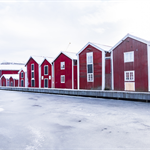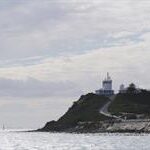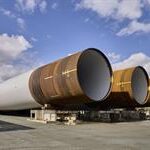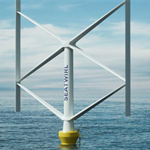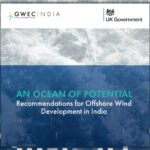Australia unveils Indian Ocean offshore wind plans
Energy Disrupter
On Tuesday (20 February) the Department of Climate Change, Energy, the Environment and Water released a draft proposal for a 7,674 km2 area, at least 20km offshore from Bunbury in Western Australia, between Dawesville and Cape Naturaliste.
The draft plans could support up to 20GW of offshore wind capacity and generate up to 12,000 construction jobs and 6,000 permanent jobs in the region, the government said.
The government invited comments on the proposals in the first round of public consultations that runs from February 20 until May 3. The primary focus will be on the suitability of the region for offshore wind, and what its impact could be for local communities and marine users.

The proposals follow the official declaration of several zones for offshore wind development in Australia last year, including in the Pacific Ocean off New South Wales, and the Southern Ocean’s Bass Strait off the coast of Victoria.
After the public consultation closes, on 3 May, the government will consider whether to declare a finalised Indian Ocean zone suitable for offshore wind development. A regulatory process will then start where potential developers will apply for feasibility licences, and environmental approvals will be received.
A host of different developers in various consortiums are already eyeing offshore wind development in Australia’s previously declared offshore wind zones in the south and east of the country.
Among them is Irish developer Simply Blue Group, which announced a joint consortium with offshore contractors Subsea7 and Australian renewables company Spark Renewables last March. Other wind energy developers, including Norwegian energy giant Equinor and offshore wind developer BlueFloat Energy are also eyeing offshore wind projects in the region.
Australia has around 11GW of installed wind energy at present, all of which is onshore according to Windpower Intelligence, the data and research division of Windpower Monthly.
Fossil fuels continue to dominate Australia’s energy mix but the country is targeting net zero carbon emissions by 2050, with individual states setting goals for offshore wind development. Victoria, for example, is targeting 2GW of installed offshore wind capacity by 2030, rising to 9GW by 2040.





